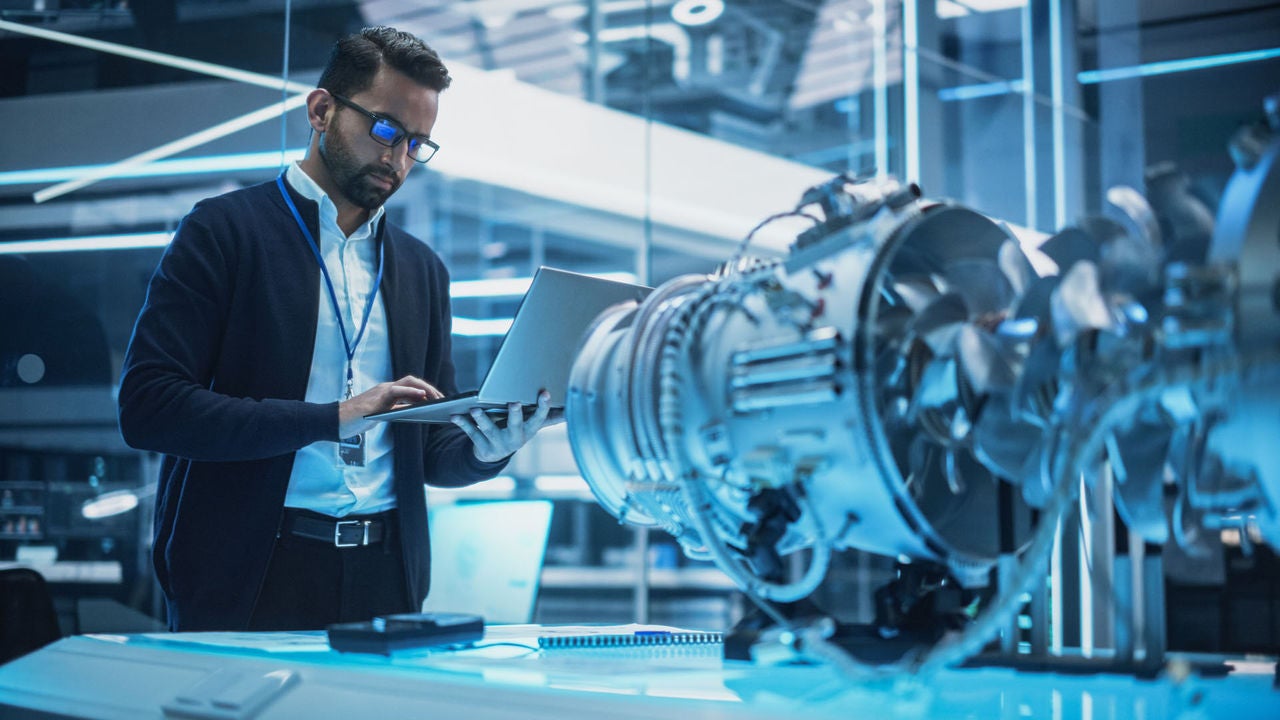Process Optimization in the Cowhouse
Agricultural machines from SILOKING help dairy farmers streamline the cattle feeding process chain. To this end, the family business designs and manufactures stationary mixing and dosing systems as well as trailed and self-propelled mobile feed mixers. These machines combine the recipe-controlled mixing and blending of the individual food components with transport of the food to the cowhouse as well as its dosed distribution there. The self-propelled SelfLine food mixers also feature milling loader arms so that dairy farmers can cover all activities from material withdrawal from the silos to the actual feeding with only one vehicle.
“We were using a multitude of software systems”, says Dr. Peter Schöttl, Commercial Director of SILOKING. “Particularly the ERP system was not fit to cope with our rapid growth.” With the aid of an external consultant, SILOKING drafted a call for tender to improve the company’s IT landscape. When SAP and their implementation partner All for One Steeb won the bid, the foundation was laid for a future-proof PLM.
For design and engineering work including the simulation of all mechanical parts and assemblies, the engineering department of the agricultural machine manufacturer based in Tittmoning, Germany, is using Solid Edge CAD software and had been using a PLM software system from the same supplier. This made it necessary for the company to decide whether to continue using the existing PLM system or to change the PLM environment in the course of the SAP ERP implementation. “Although an SAP interface is available for the legacy PLM system, integration with the new corporate IT systems would have caused quite an effort”, says CAD administrator Stefan Röder.
















